Lenthall (John, publisher). Geographical Cards of England, with part of Scotland and Ireland, and the adjacent parts of France and Flanders, describ’d to tabulate upon the Ace of Harts and the Ace of Diamonds, London: printed for and sold by John Lenthall, [circa 1712-1717], the complete deck of 52 playing cards, the 4 aces with printed description, directions, and list of counties, the remaining cards formed from an engraved map of England and Wales, hand-coloured in outline and dissected into 48 cards, each card with stencilled suit sign in black or red, the 48 map cards with ink manuscript number or Queen / King / Knave, ace of hearts with red ink tax stamp, plain versos, some light spotting, and minor marks, occasional light offsetting, 2 cards with very slight adhesion scarring, each card 95 x 58mm, with contemporary sleeve, formed from (presumably waste) playing cards of plain design, stitched together and covered in marbled paper, rubbed with some minor wear Mann, All Cards on the Table, p.132 (illustration); Mann, Collecting Playing Cards, p.140 (no. XII); Wowk, p.96. Campbell, Tony. “Chronicle for 1991.” Imago Mundi, vol. 44, 1992, p. 140: 'The Geographical cards of England, John Lenthall [c.1718-44], (40 of 52 cards, each composed of a section of the map of England engraved by James Moxon). Sotheby's 14 November 1991 [Lot]...210'. This extremely scarce pack of early geographical playing cards was created from a map of Britain engraved by James Moxon, itself based on an earlier version by Adais. When Moxon died in 1708, John Lenthall obtained many of the plates Moxon had engraved and reissued them. In this case he reprinted Moxon’s map to be cut into a set of playing cards, with suit signs and numbers added by hand. In All Cards on the Table, Sylvia Mann suggests a date of c.1700 for these cards, which could have been true for earlier copies without a tax stamp. However, in his IPCS journal supplement Taxation on Playing-Cards in England... John Berry concludes that the 'crown' tax stamp, when unnumbered (as here), was used for packs made after August 1712 but before January 1718.
Lenthall (John, publisher). Geographical Cards of England, with part of Scotland and Ireland, and the adjacent parts of France and Flanders, describ’d to tabulate upon the Ace of Harts and the Ace of Diamonds, London: printed for and sold by John Lenthall, [circa 1712-1717], the complete deck of 52 playing cards, the 4 aces with printed description, directions, and list of counties, the remaining cards formed from an engraved map of England and Wales, hand-coloured in outline and dissected into 48 cards, each card with stencilled suit sign in black or red, the 48 map cards with ink manuscript number or Queen / King / Knave, ace of hearts with red ink tax stamp, plain versos, some light spotting, and minor marks, occasional light offsetting, 2 cards with very slight adhesion scarring, each card 95 x 58mm, with contemporary sleeve, formed from (presumably waste) playing cards of plain design, stitched together and covered in marbled paper, rubbed with some minor wear Mann, All Cards on the Table, p.132 (illustration); Mann, Collecting Playing Cards, p.140 (no. XII); Wowk, p.96. Campbell, Tony. “Chronicle for 1991.” Imago Mundi, vol. 44, 1992, p. 140: 'The Geographical cards of England, John Lenthall [c.1718-44], (40 of 52 cards, each composed of a section of the map of England engraved by James Moxon). Sotheby's 14 November 1991 [Lot]...210'. This extremely scarce pack of early geographical playing cards was created from a map of Britain engraved by James Moxon, itself based on an earlier version by Adais. When Moxon died in 1708, John Lenthall obtained many of the plates Moxon had engraved and reissued them. In this case he reprinted Moxon’s map to be cut into a set of playing cards, with suit signs and numbers added by hand. In All Cards on the Table, Sylvia Mann suggests a date of c.1700 for these cards, which could have been true for earlier copies without a tax stamp. However, in his IPCS journal supplement Taxation on Playing-Cards in England... John Berry concludes that the 'crown' tax stamp, when unnumbered (as here), was used for packs made after August 1712 but before January 1718.
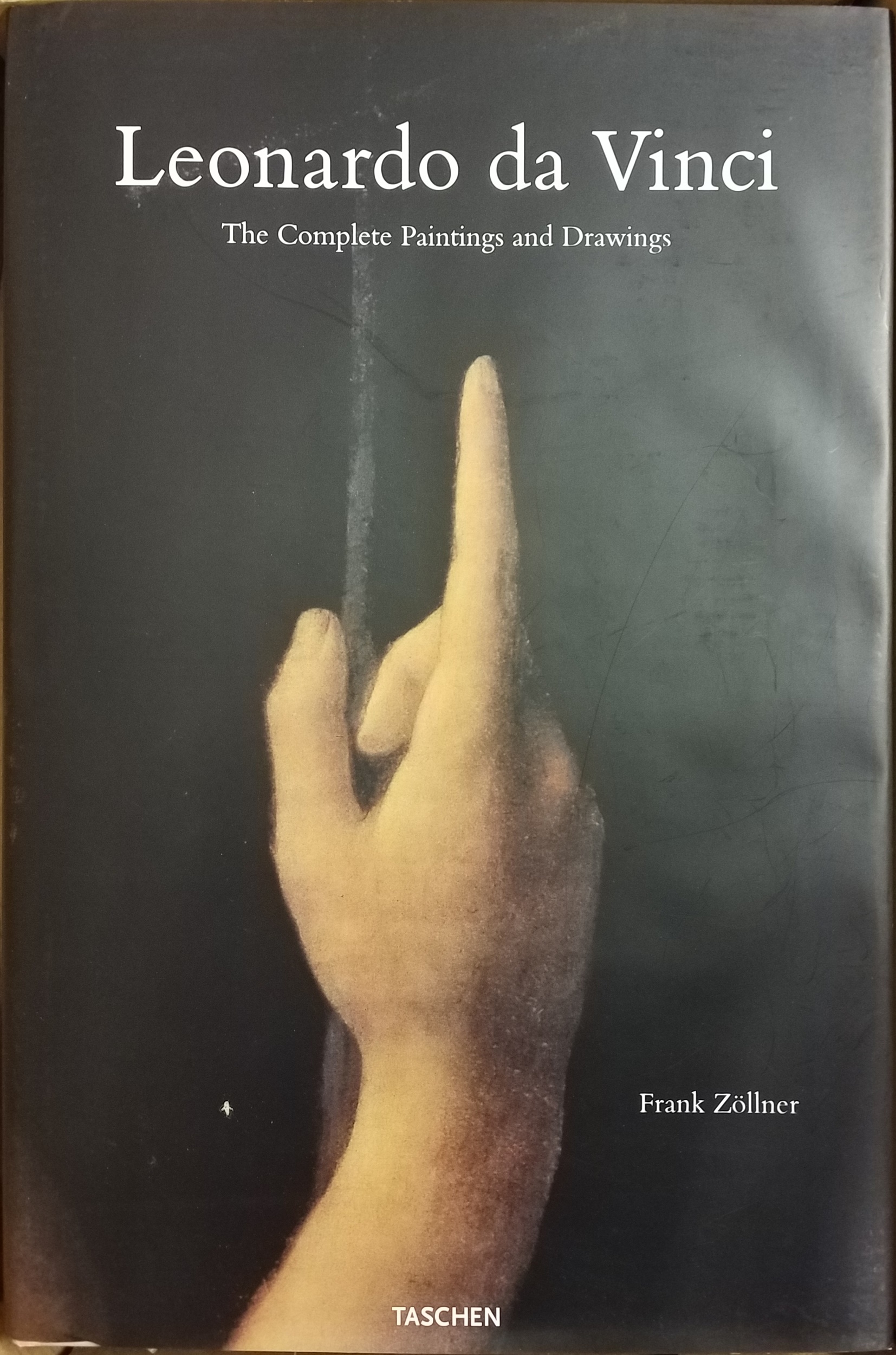


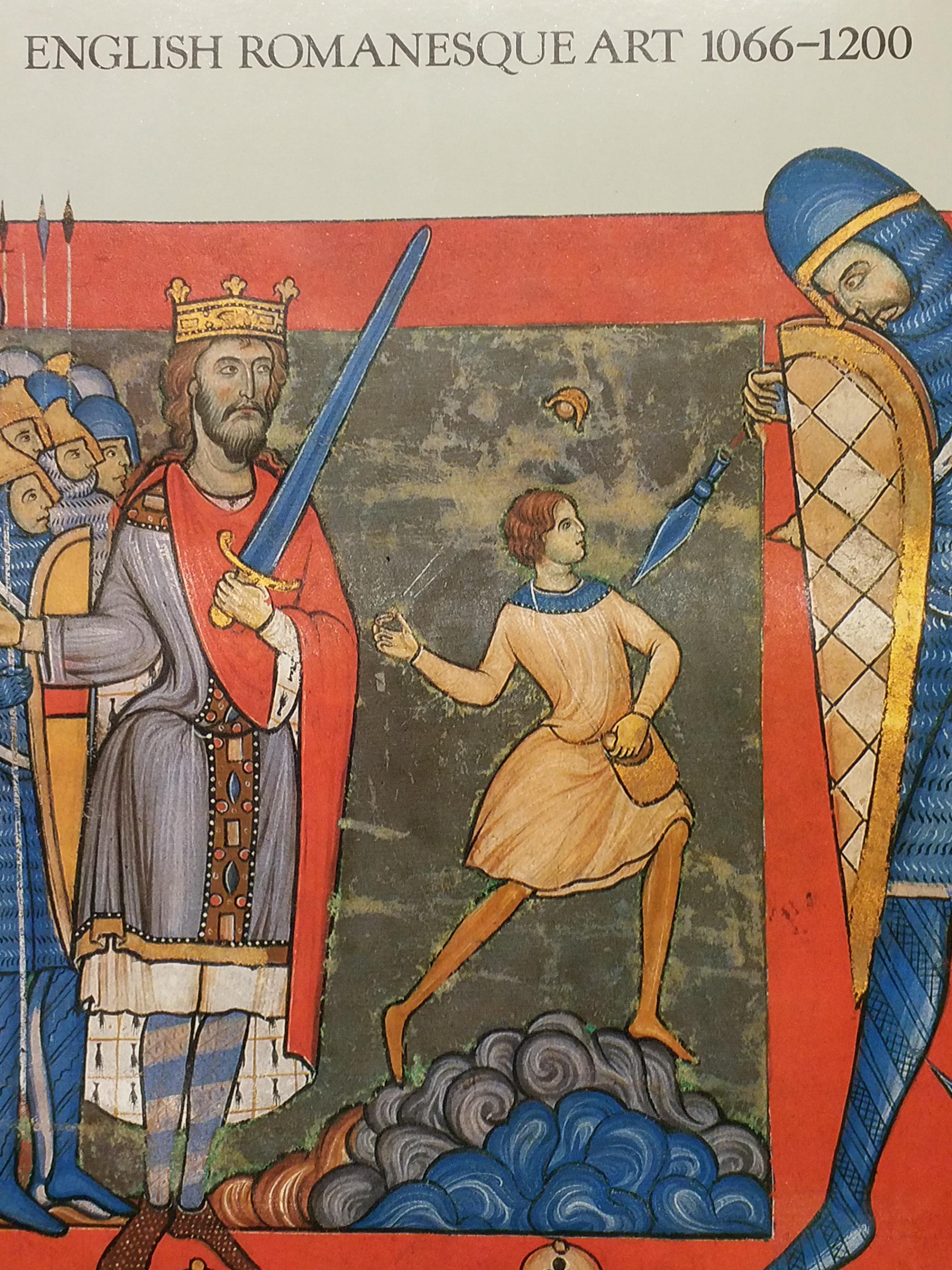
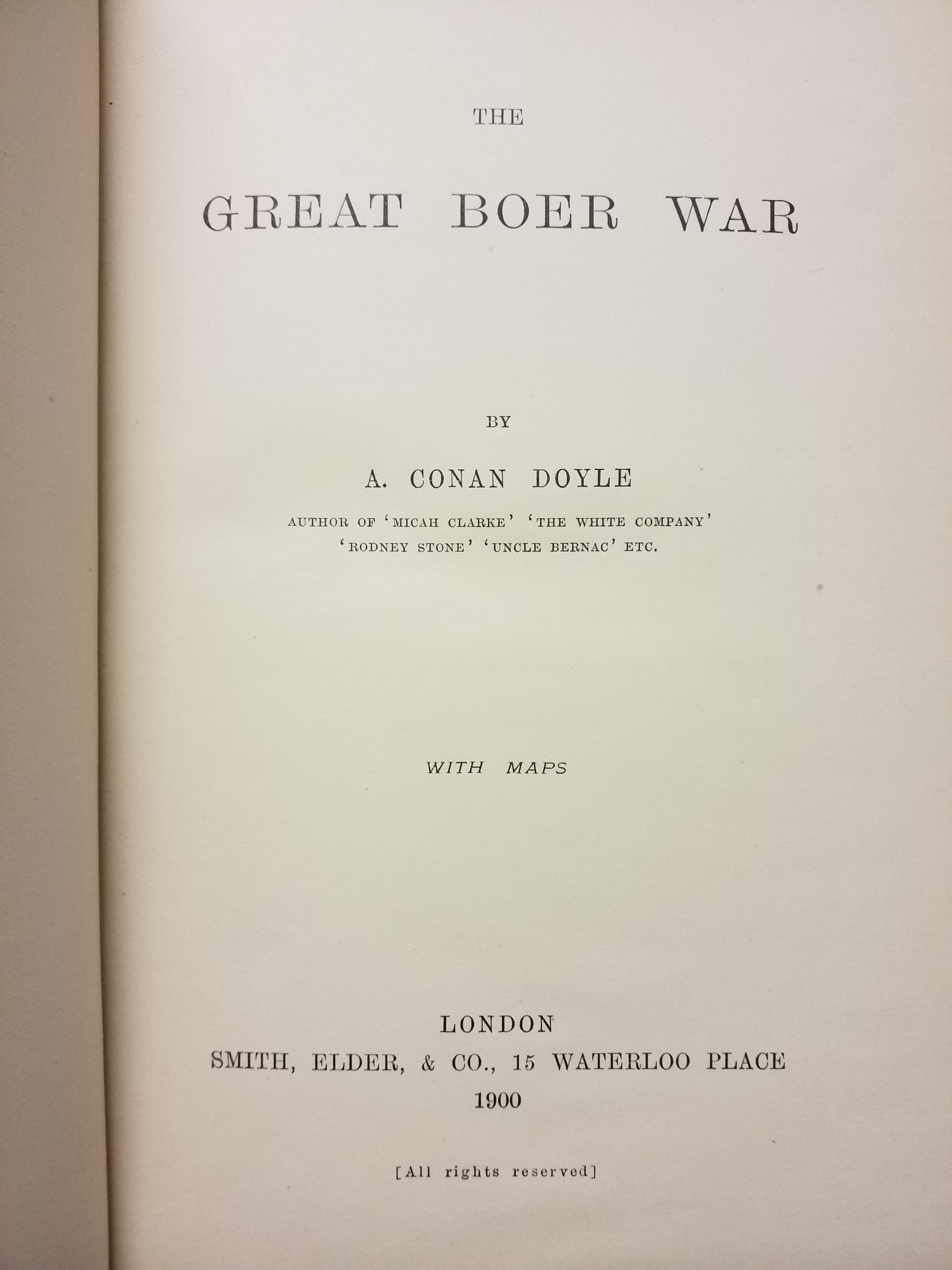
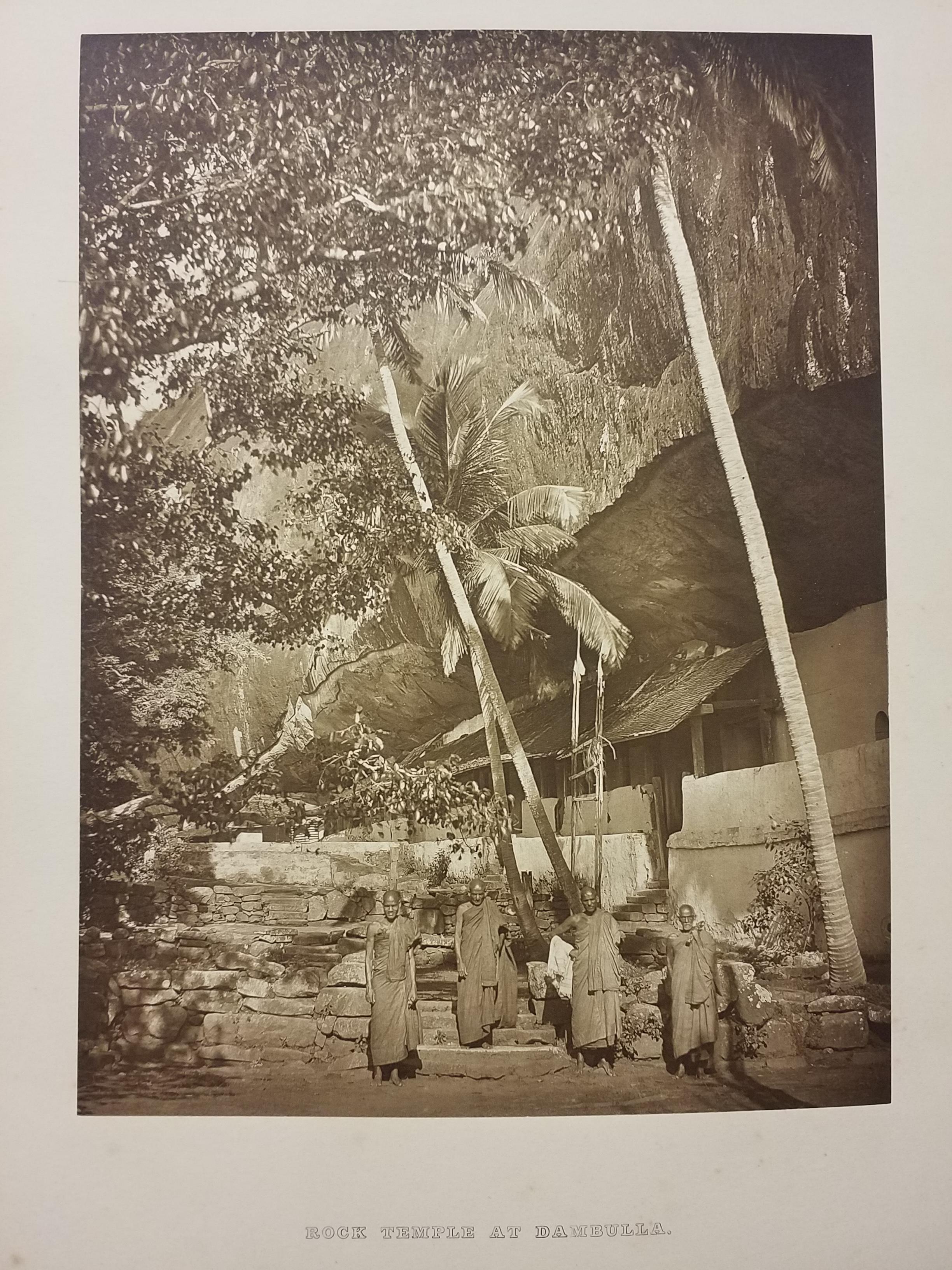

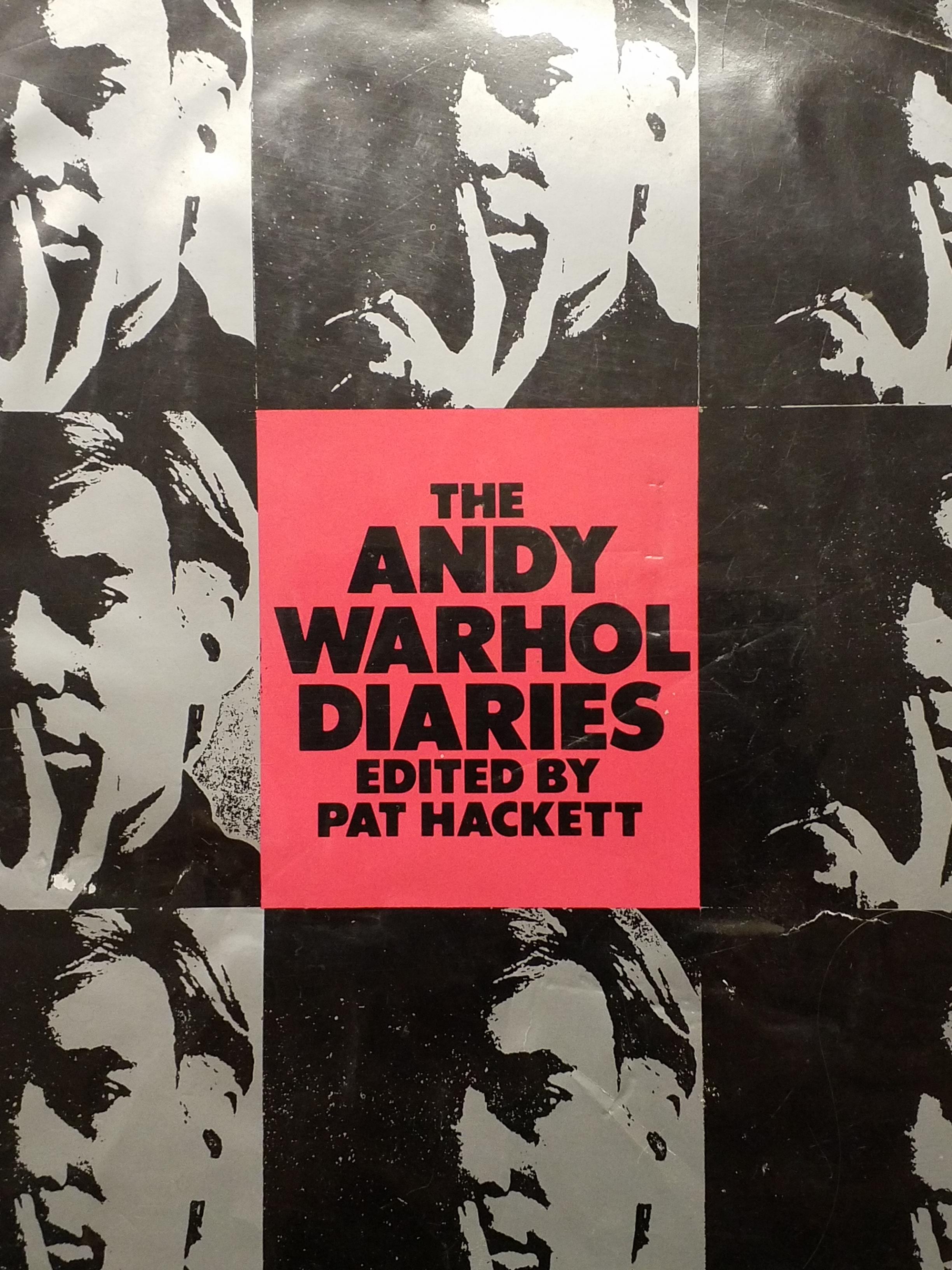


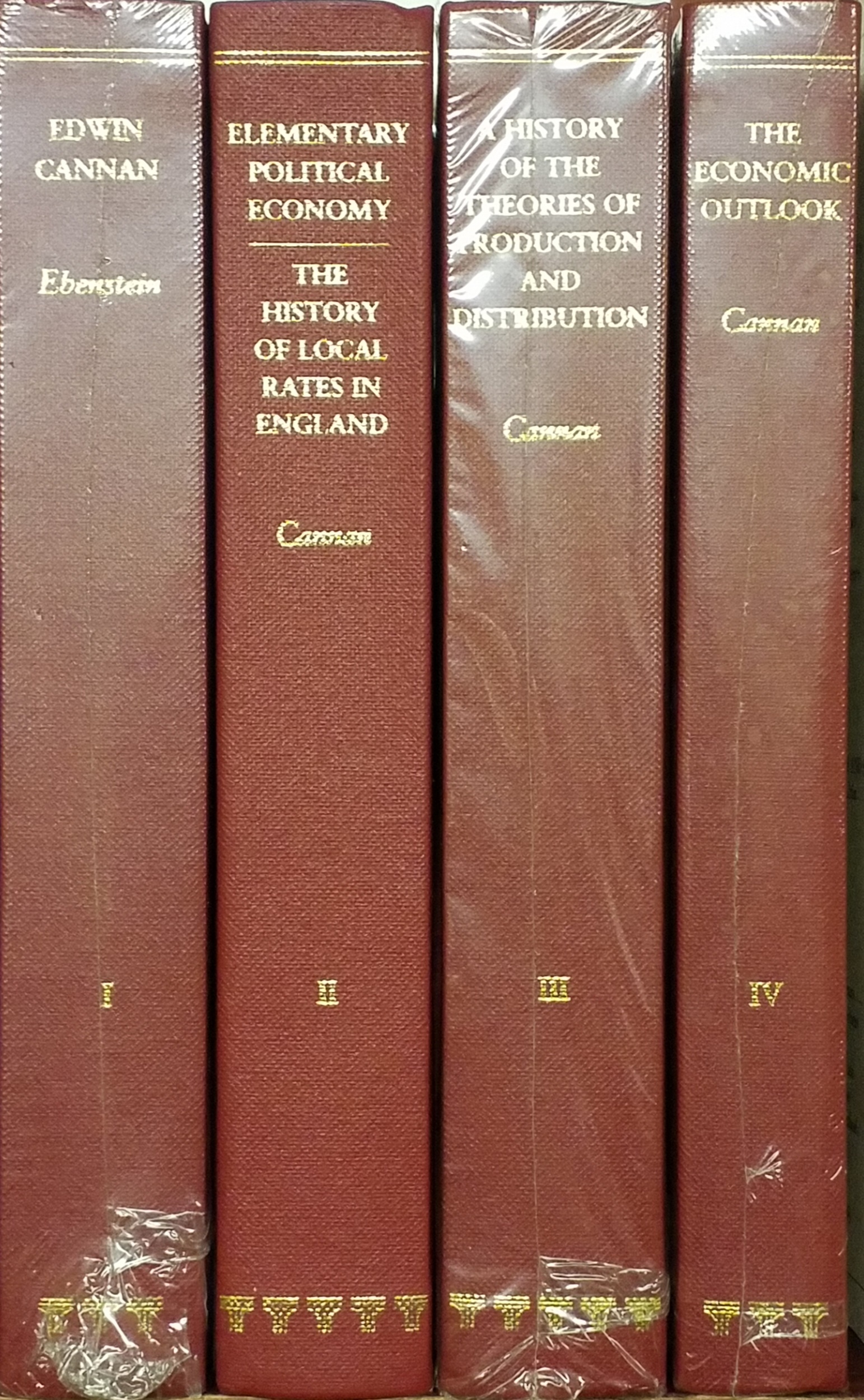
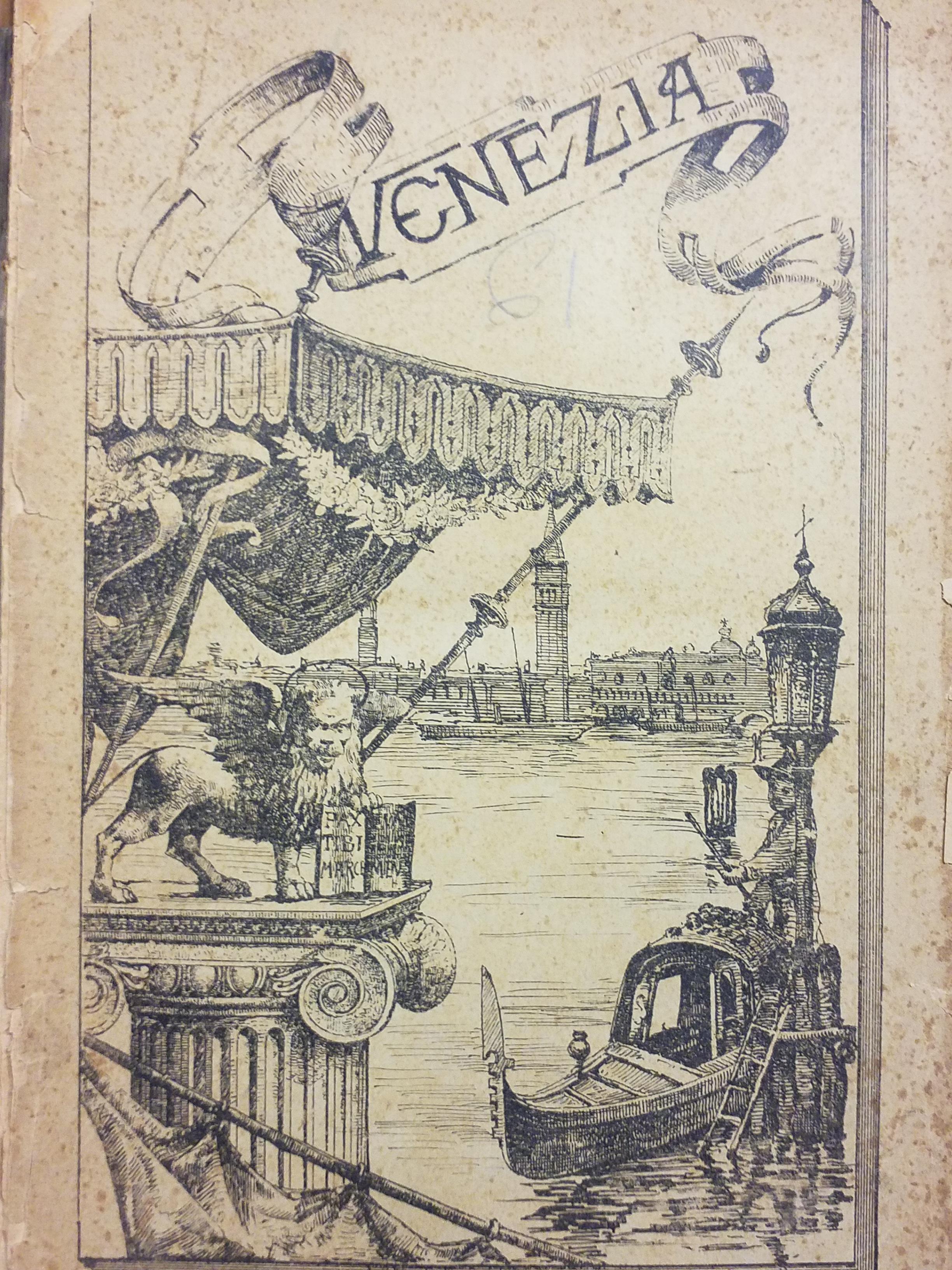
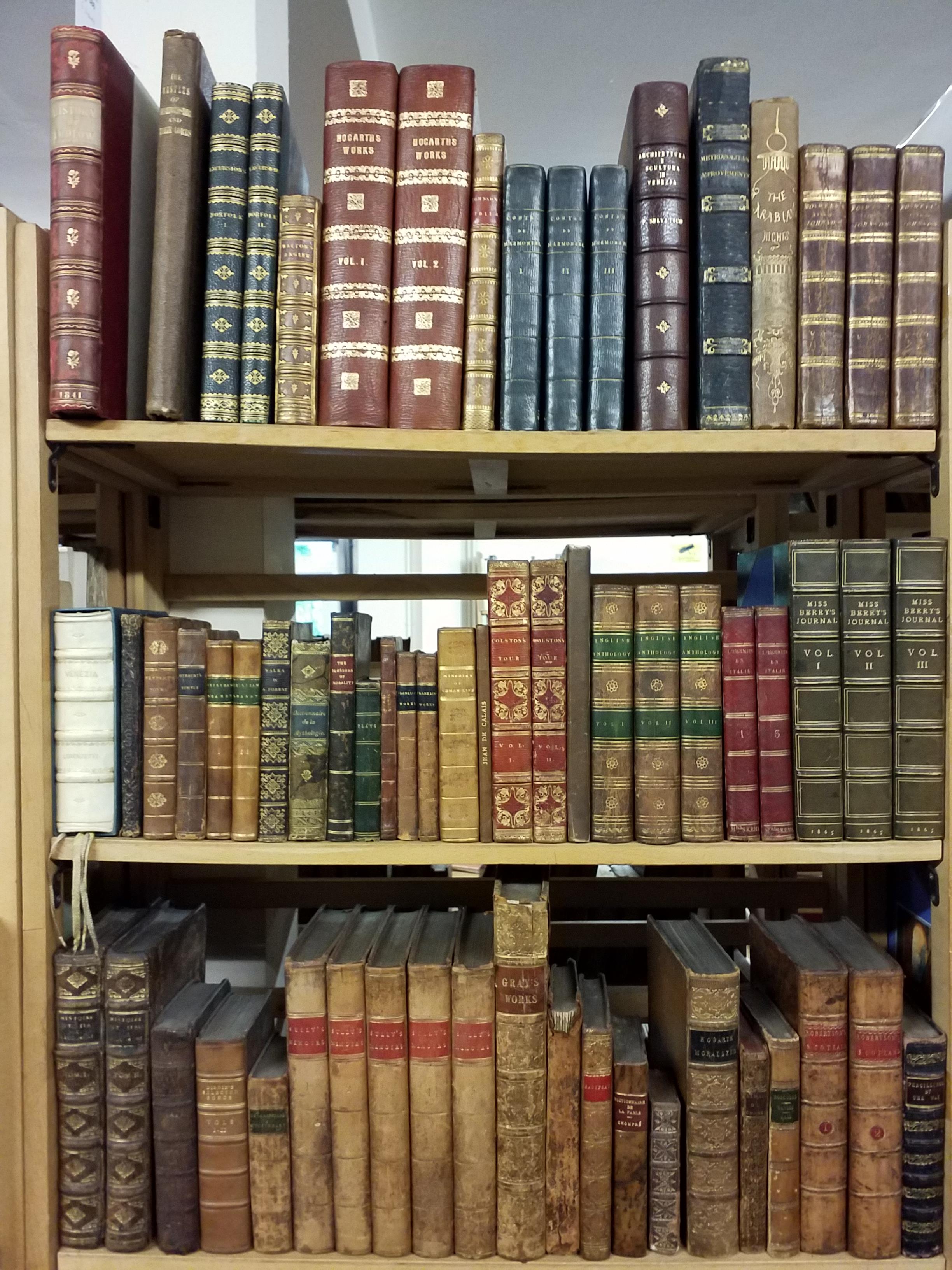
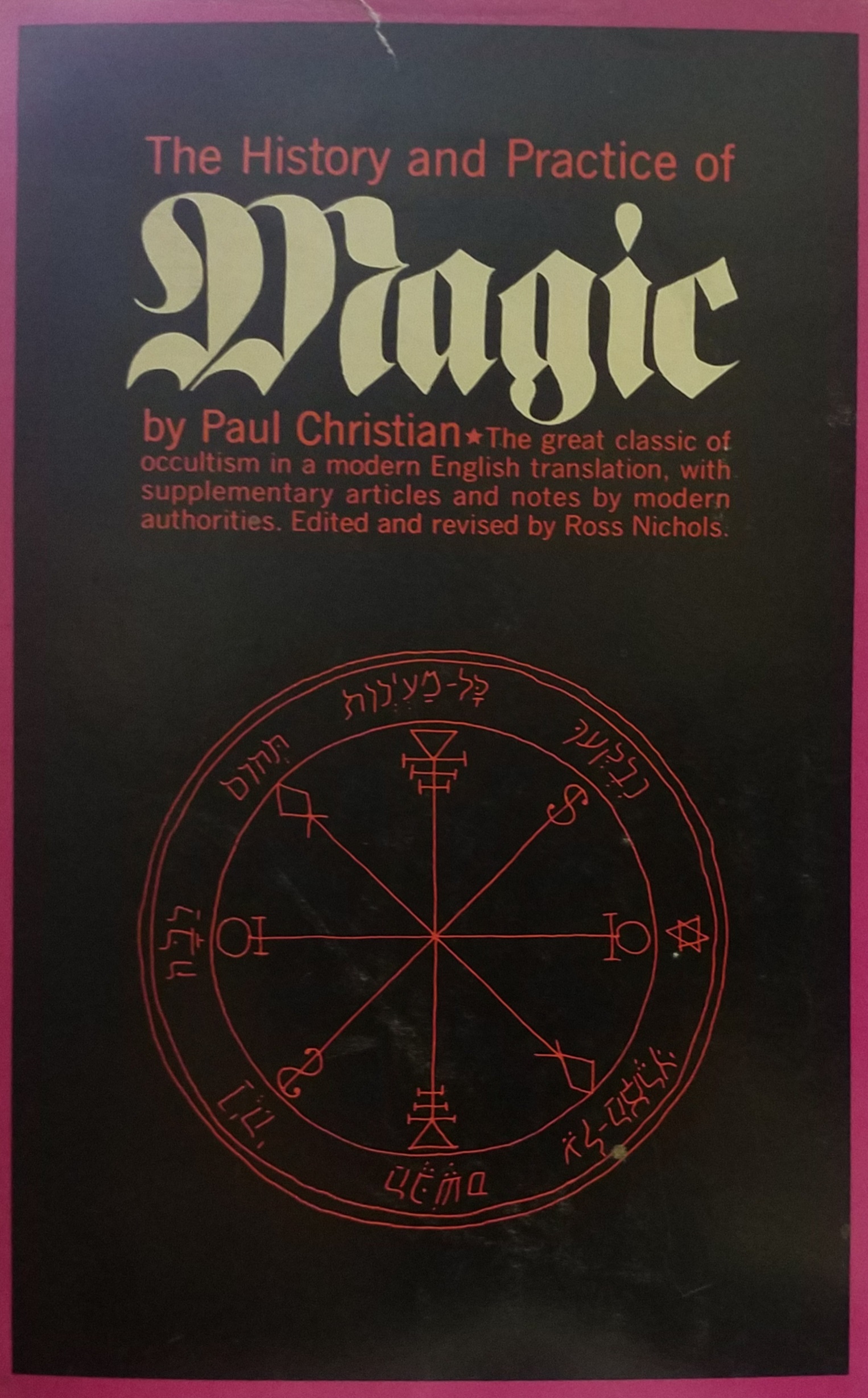
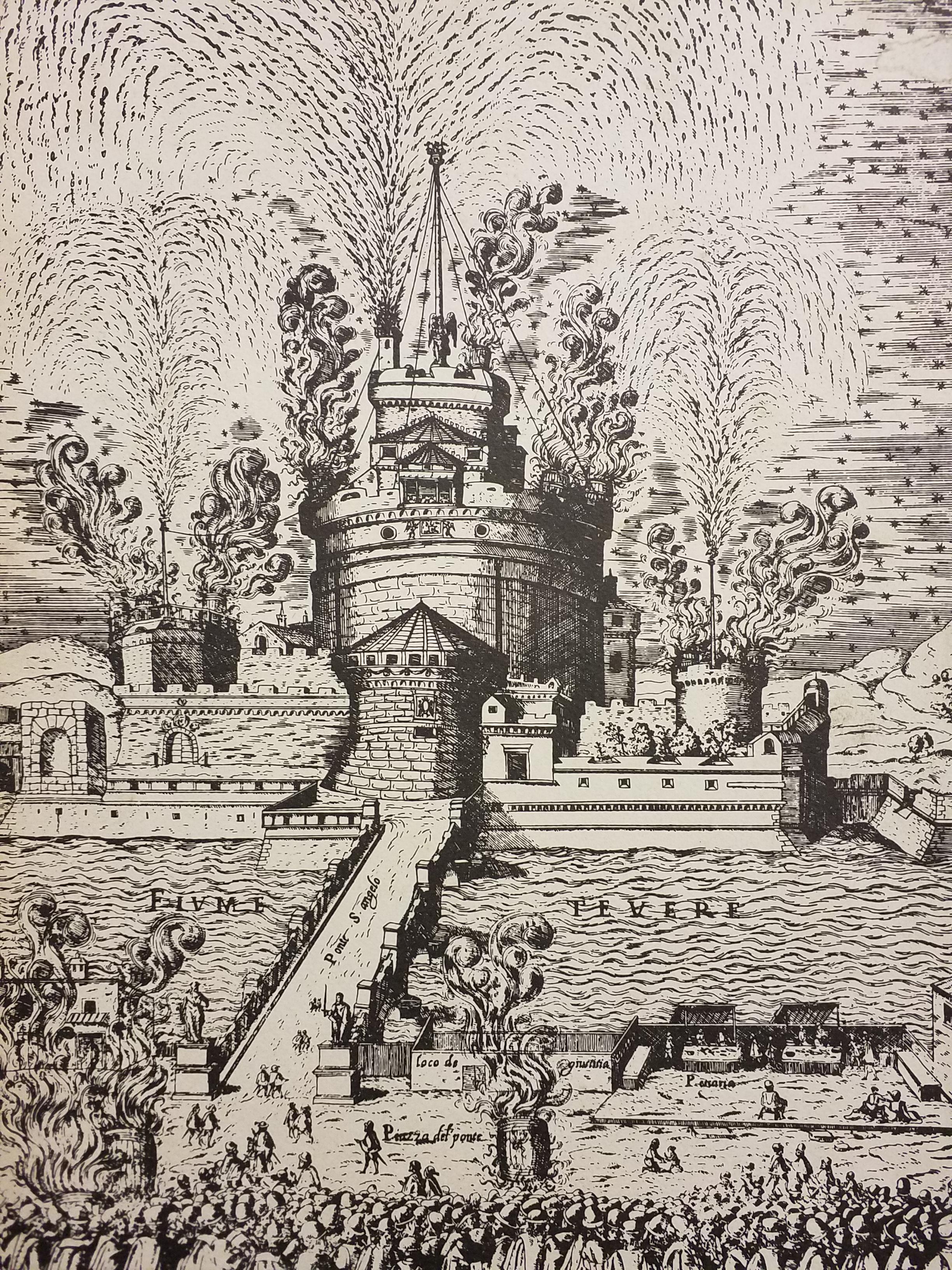
Testen Sie LotSearch und seine Premium-Features 7 Tage - ohne Kosten!
Lassen Sie sich automatisch über neue Objekte in kommenden Auktionen benachrichtigen.
Suchauftrag anlegen